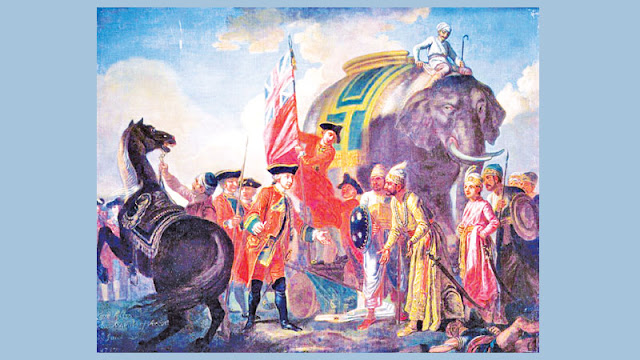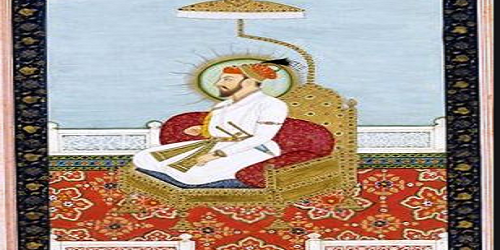Siraj-ud-Daulah, The Bengal Nawab

Mir Jafar and Robert Clive after the Battle of Plassey by Francis Hayman After the death of Aurangzeb, the disintegration of the Mughal Empire was rapid. Delhi, the seat of power of the Mughals, gave way to Bengal as the centre of political importance in India. It can be ascertained from the fact that the British win over Siraj ud Daula in the Battle of Plassey in 1757, which took place just 50 years after death of Aurangzeb, laid the foundation of the British Empire in India. During the period, Bengal was ruled by the Nawabs with their capital at Murshidabad. Though nominally governors or viceroys of the Mughals, the Nawabs were independent heads of state for all practical purposes. Siraj ud Daula became the Nawab of Bengal after the death of his grandfather Alivardi Khan who died in 1756. He was the son of latter's youngest daughter. This was not liked by his near relations including his mother’s eldest sister, Ghasiti Begum, and his cou


